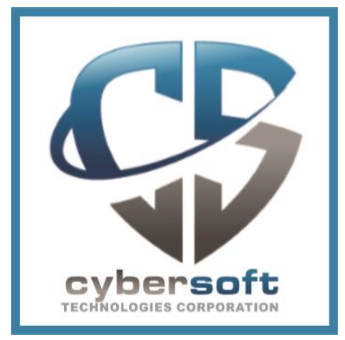ITIL V3 Intermediate Service
In this course, you will be immersed in the overall concepts, processes, policies, and methods associated with the continual service improvement (CSI) phase of the service lifecycle. You will learn about managing and controlling the activities and techniques within the CSI stage, not the details of each of the supporting processes. This course includes lecture, exercises, and scenario-based exam questions to increase your understanding of the core disciplines of ITIL best practices and position you to successfully complete the associated exam.
Content
- Continual Service Improvement
- Purpose, Objectives, and Scope
- Business Value
- CSI Approach
- Context of CSI within the Service Lifecycle
- Inputs and Outputs
- CSI Principles
- CSI Success Depends on Understanding Change within an Organization
- CSI Success Depends on Clear Ownership and Accountability
- How the CSI Register Supports CSI
- CSI is Driven and Influenced by Service Level Management
- Importance of Knowledge Management and the Deming Cycle to CSI
- CSI Used to Ensure Effective Governance
- Frameworks, Models, Standards, and Quality Systems Supporting CSI
- Seven-Step Improvement Process
- Purpose, Objectives, and Scope
- Business Value
- Policies, Principles, and Basic Concepts
- Process Activities, Methods, and Techniques
- Triggers, Inputs, Outputs, and Process Interfaces
- Other Processes Support the Seven-Step Improvement Process
- Organization for CSI
- Service Owners
- Process Owner and Process Managers
- Process Practitioners
- CSI Manager
- The Nature of the Seven-Step Improvement Process Activities and the Skills Required
- CSI Manager vs. Other Supporting Roles
- How Responsibility, Accountability, Consultancy, or Informational (RACI) Models Can Be Used to Clarify Roles and Responsibilities for CSI
- Technology Considerations for CSI
- IT Service Management Suites
- Systems and Network Management Tools
- Event management
- Automated Incident/Problem Resolution
- Performance Management
- Statistical Analysis Tools
- Project and Portfolio Management Tools
- Financial Management Tools
- Business Intelligence and Reporting Tools
- Implementing CSI
- Critical Considerations and Where to Start
- Role of Governance to CSI
- Effect of Organizational Change for CSI
- Communication Strategies and Plans
- Challenges, CSFs, and Risks
- Challenges Facing CSI
- CSFs for CSI
- Risks Associated with Implementing CSI

